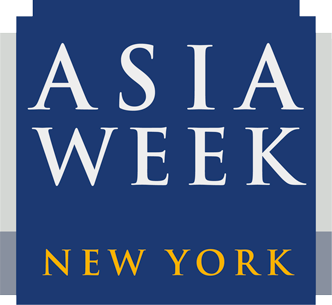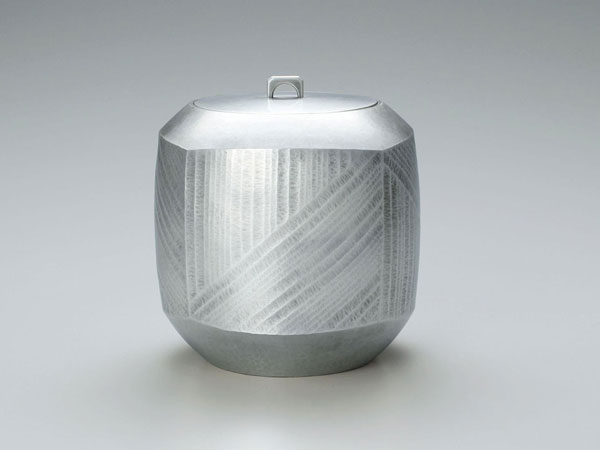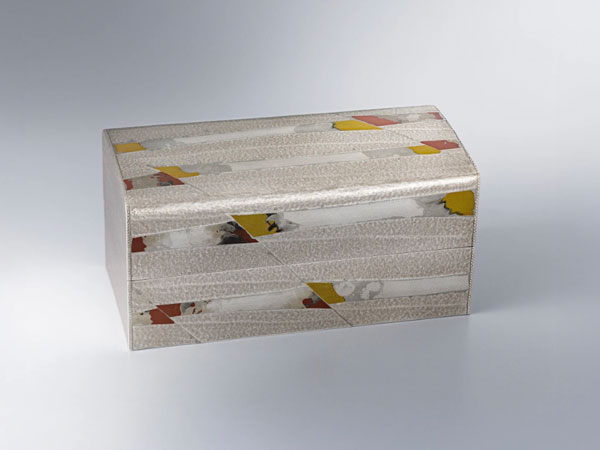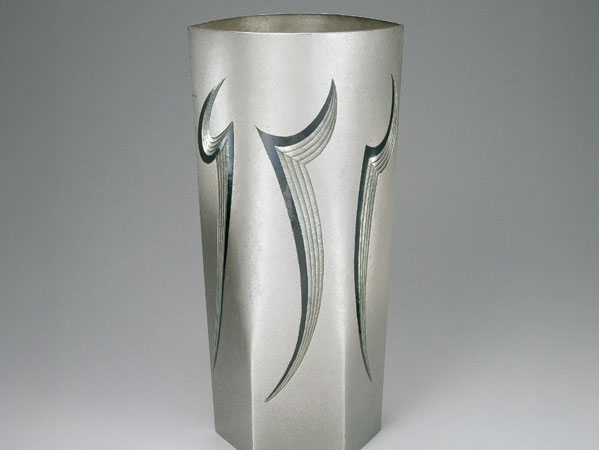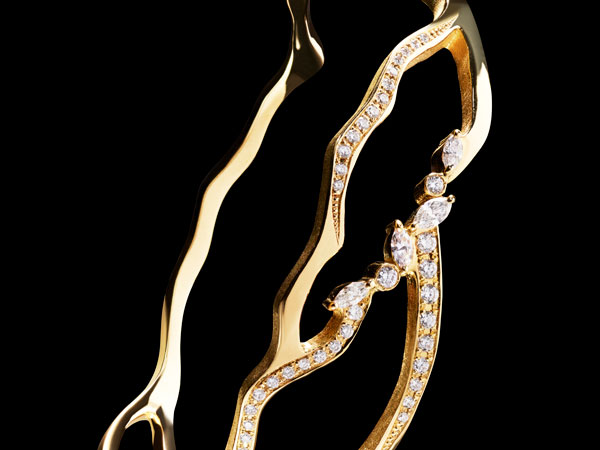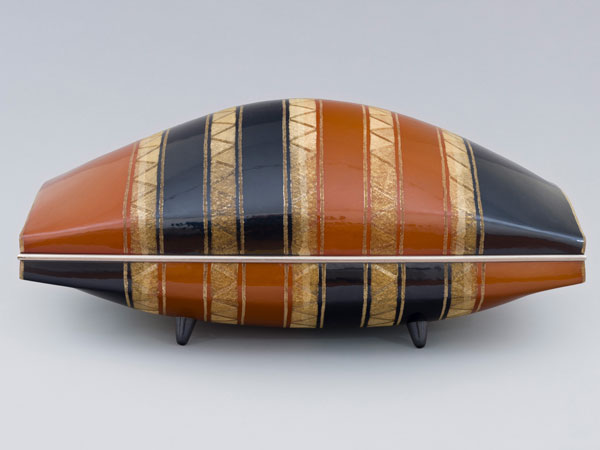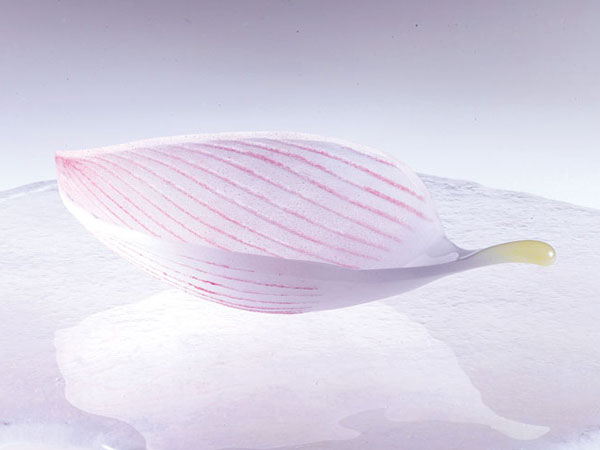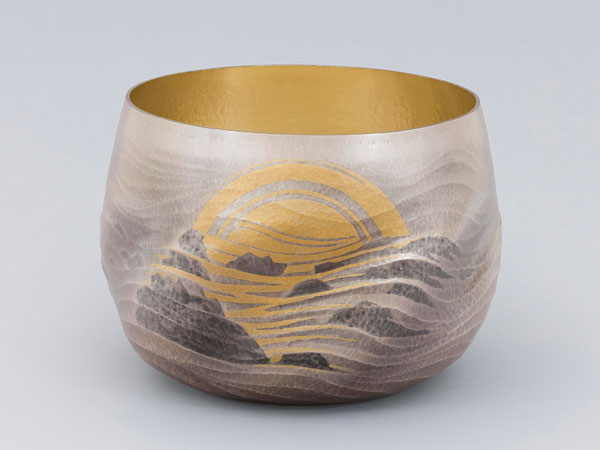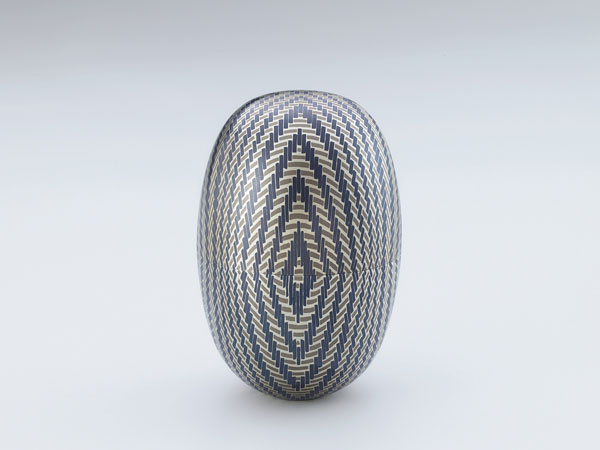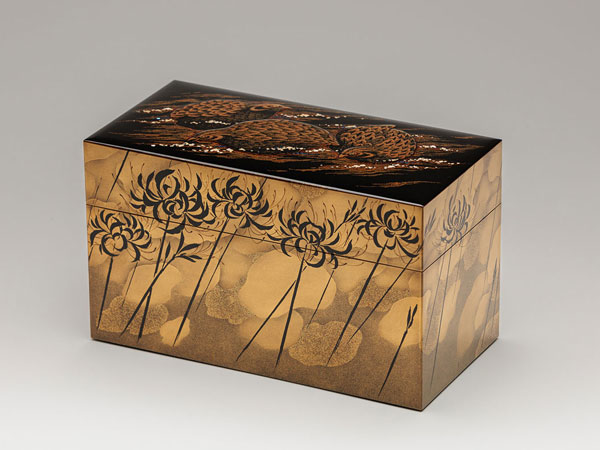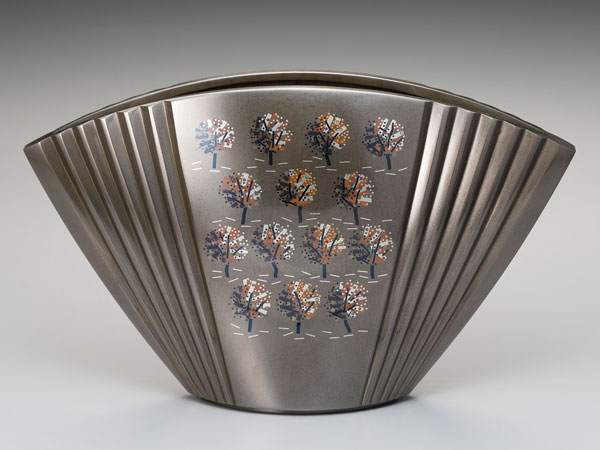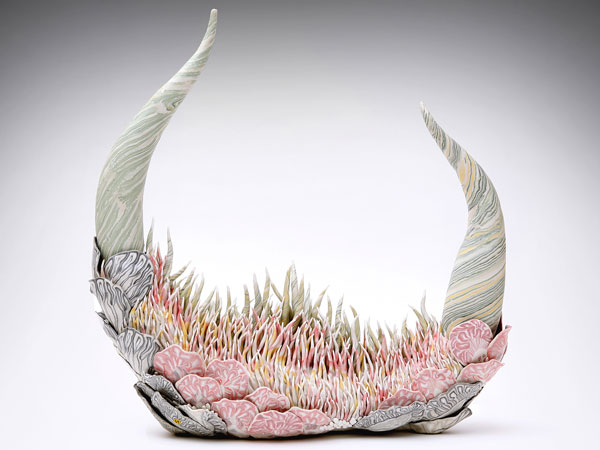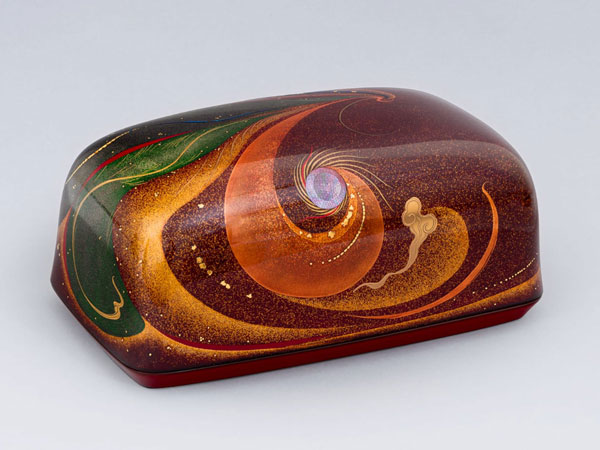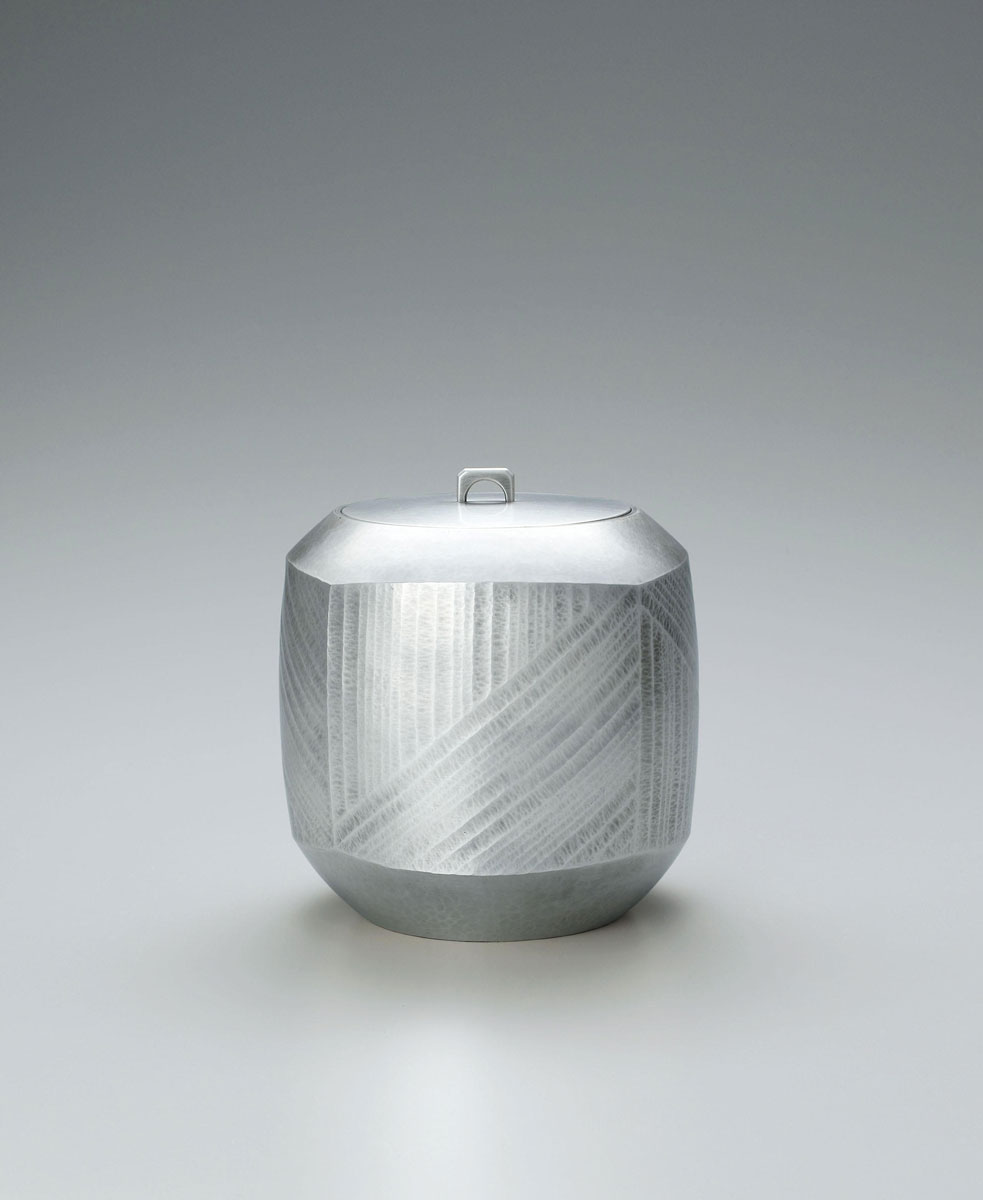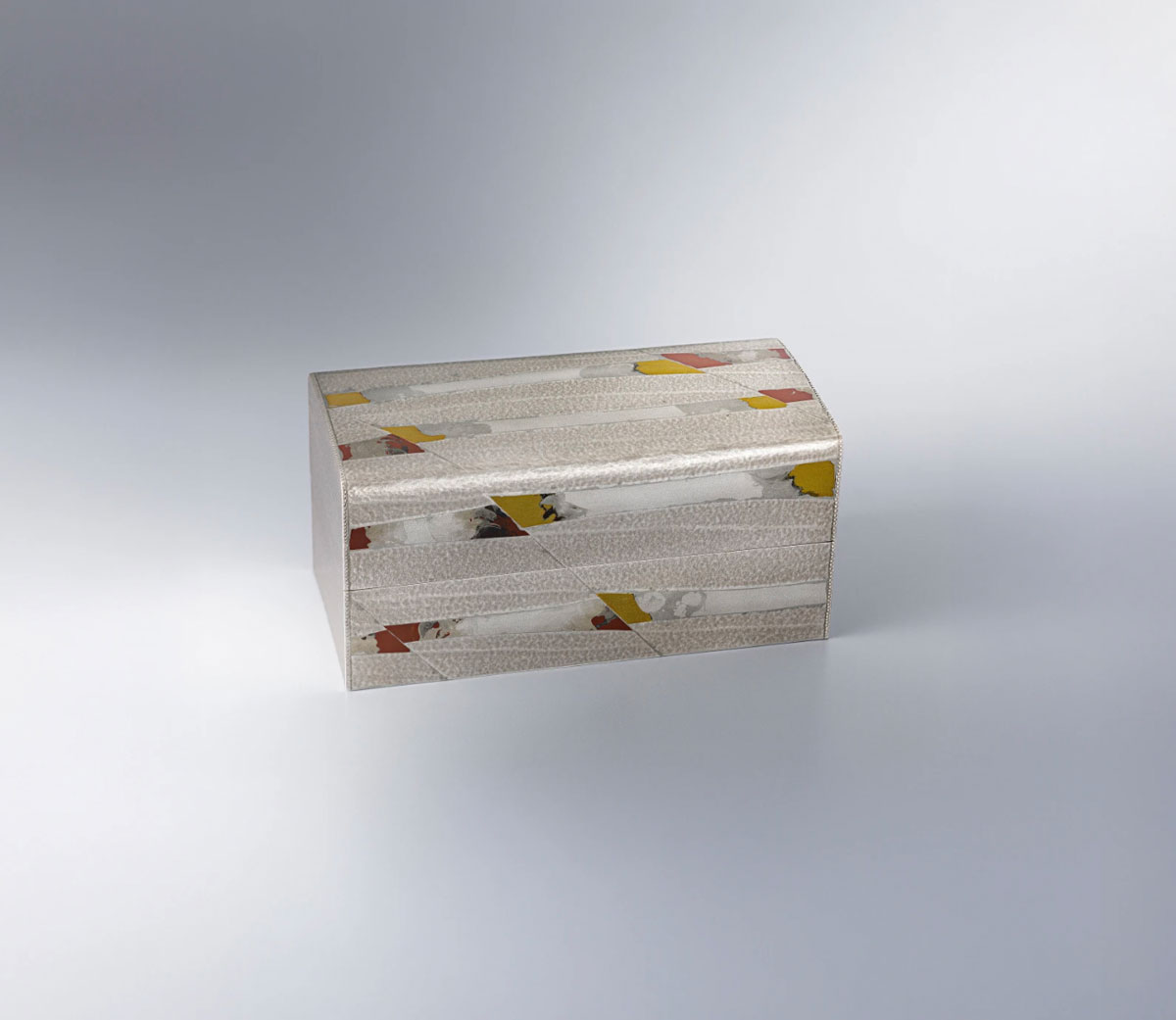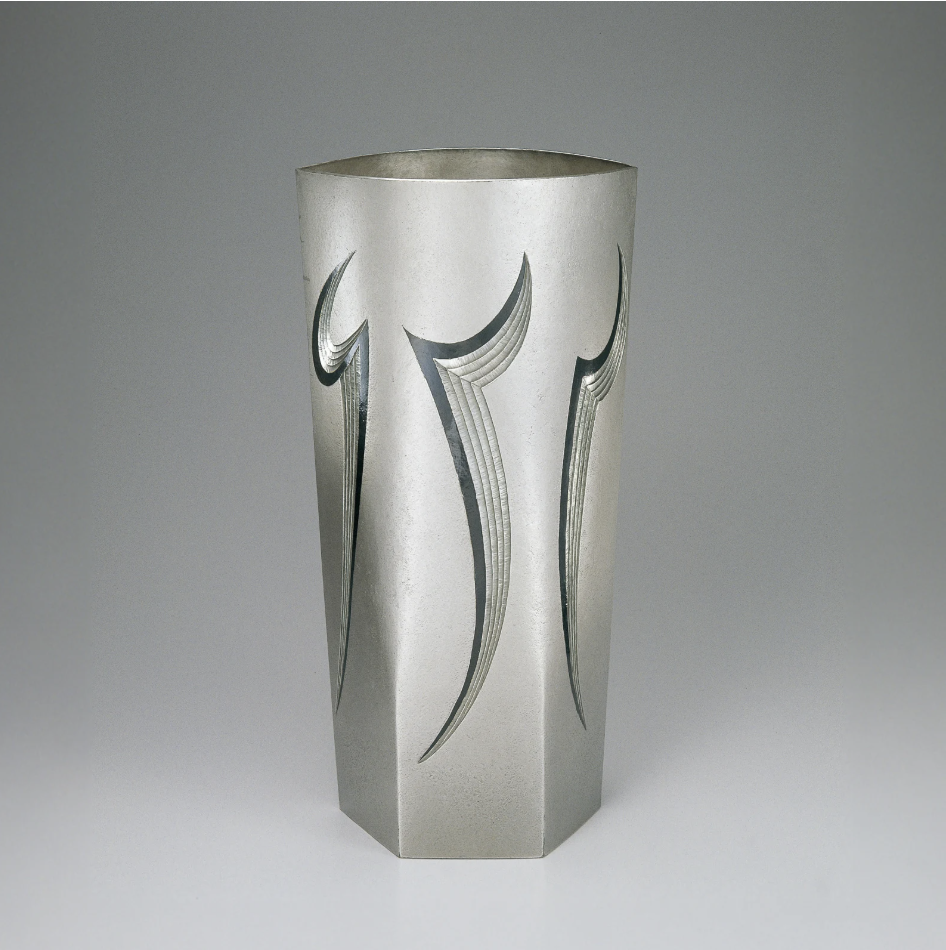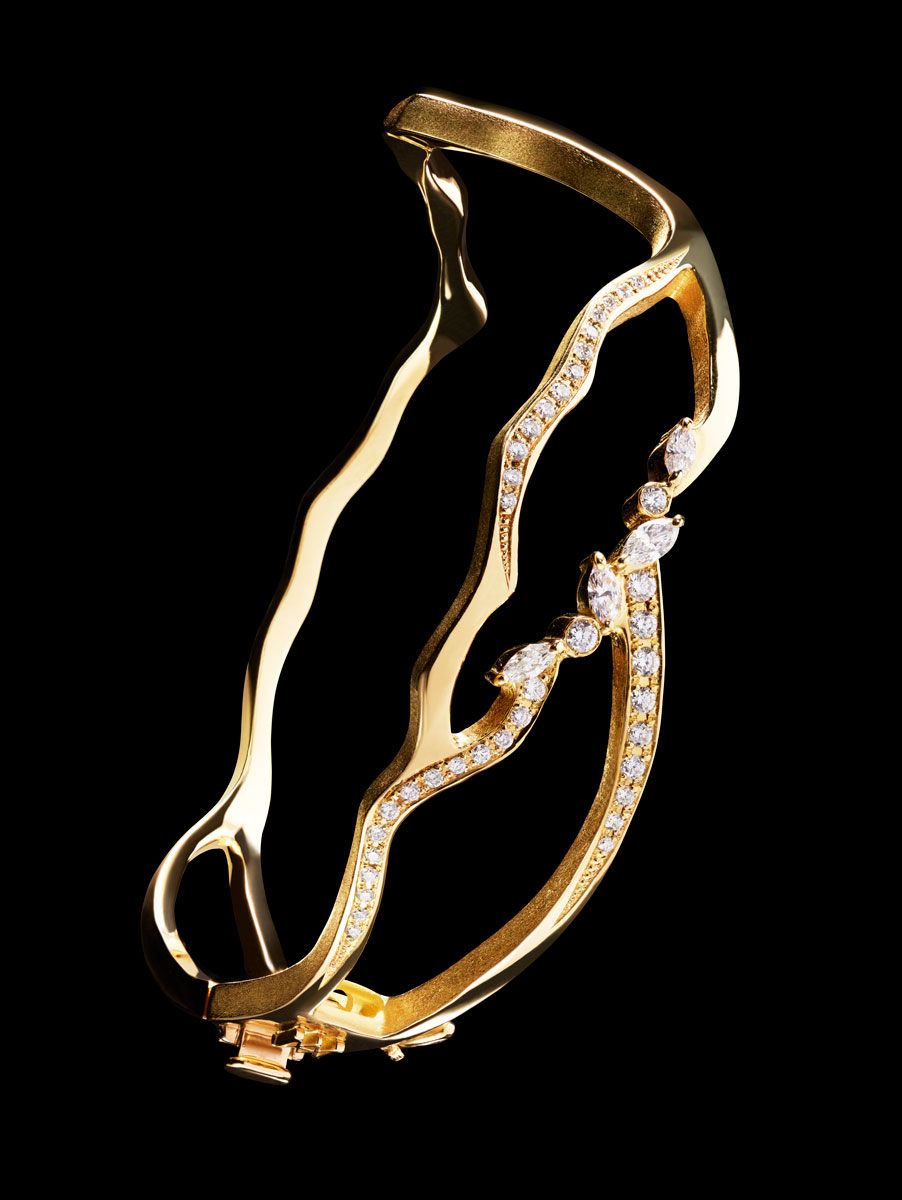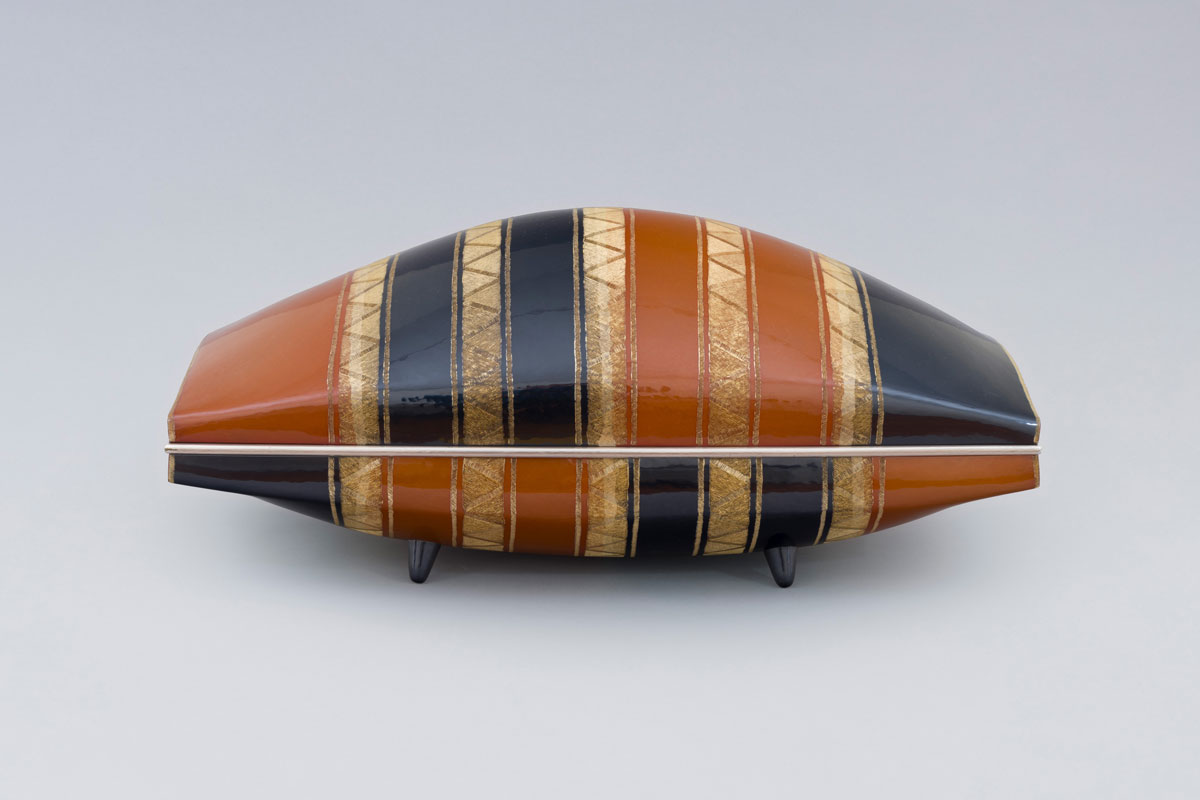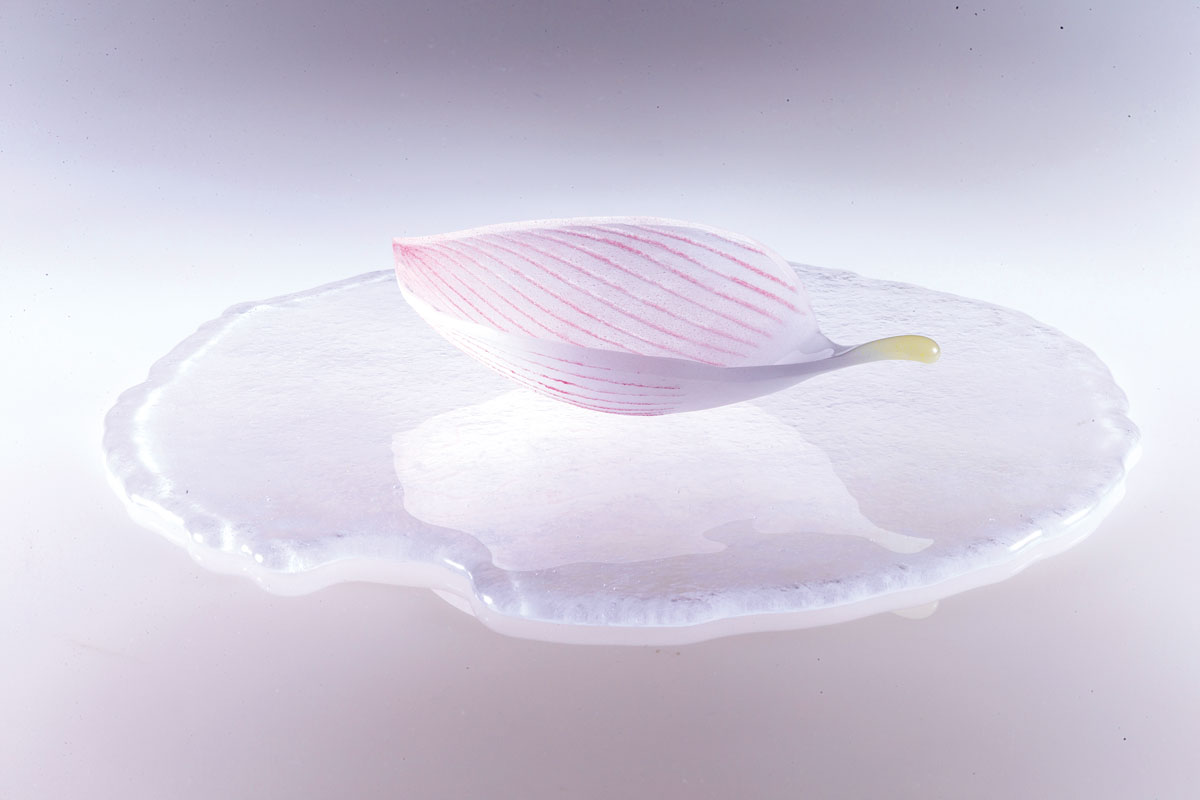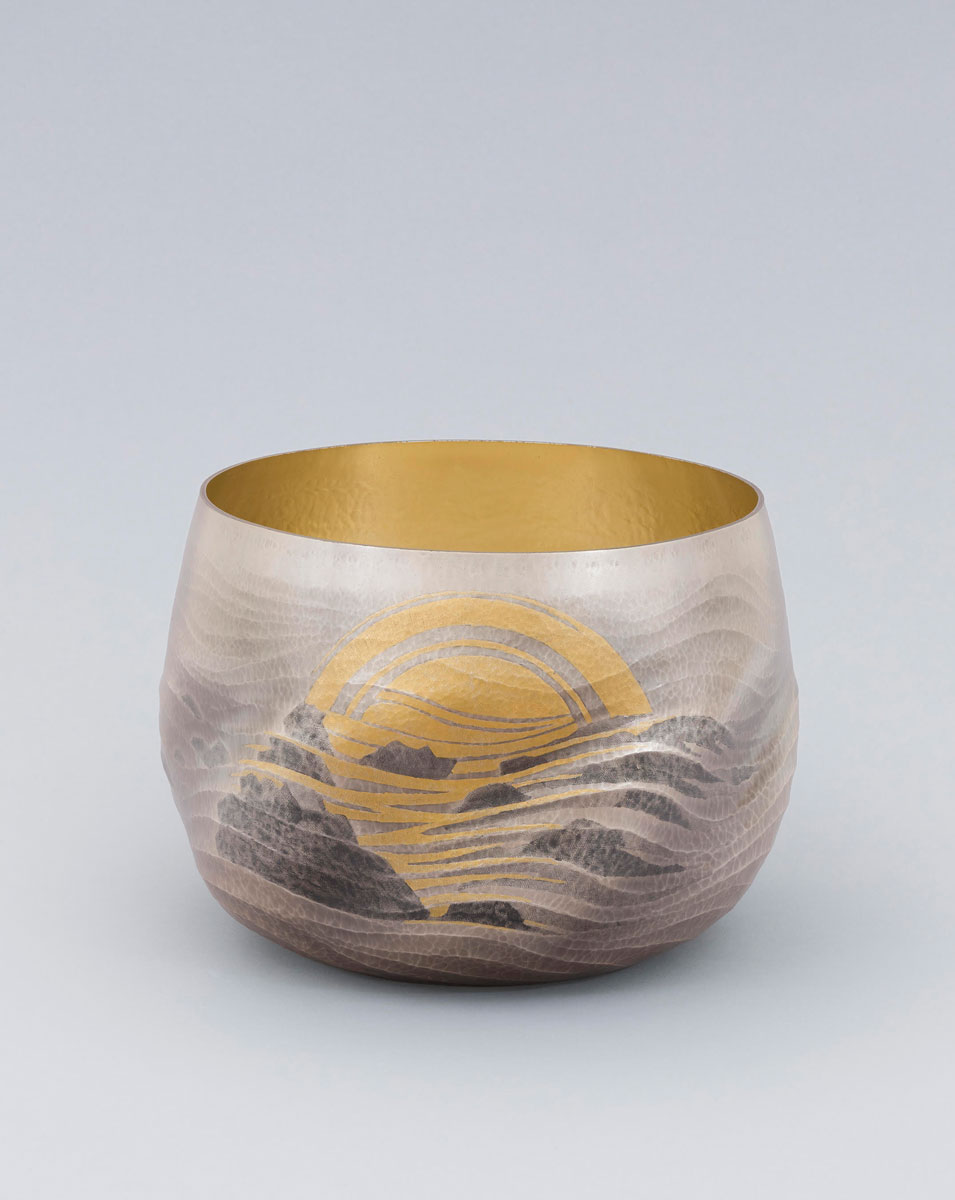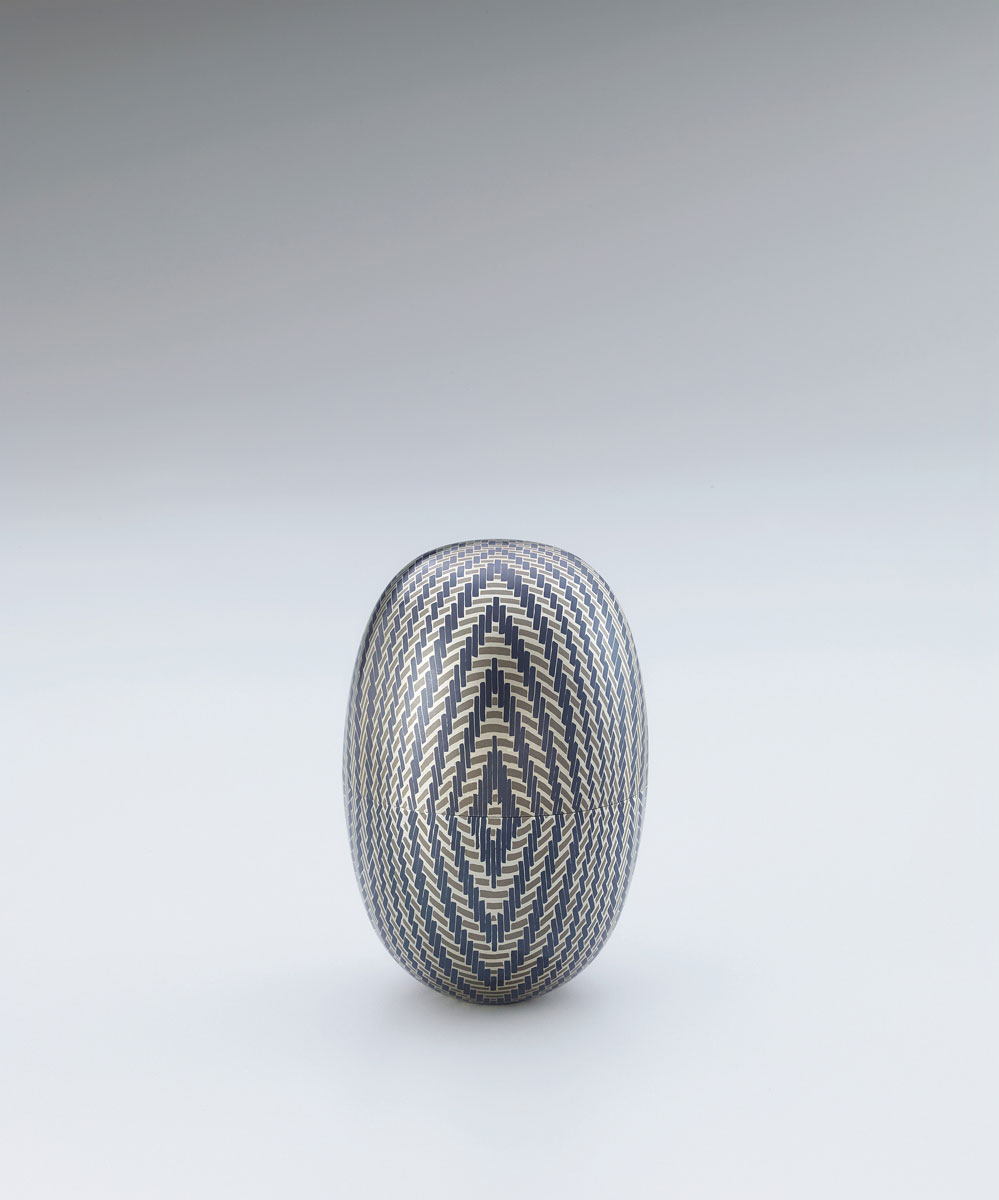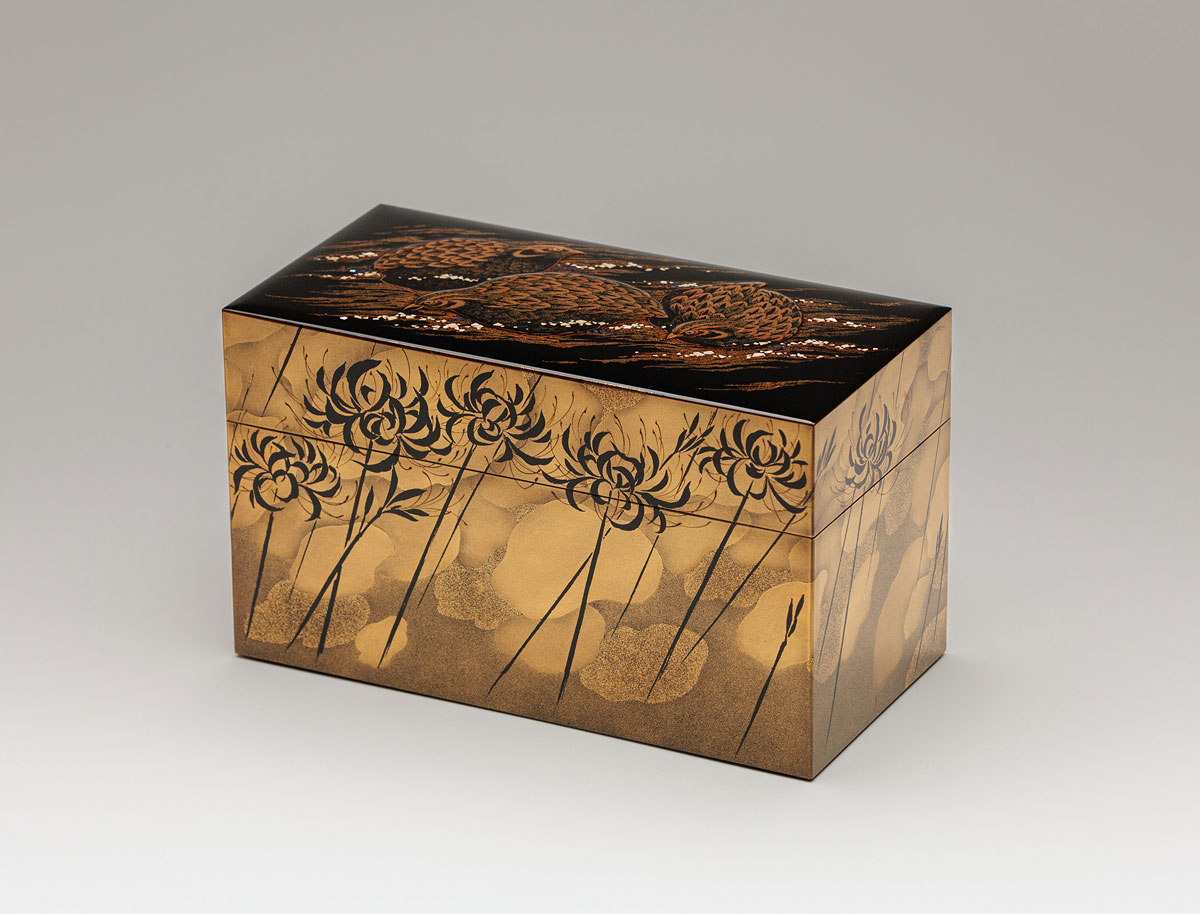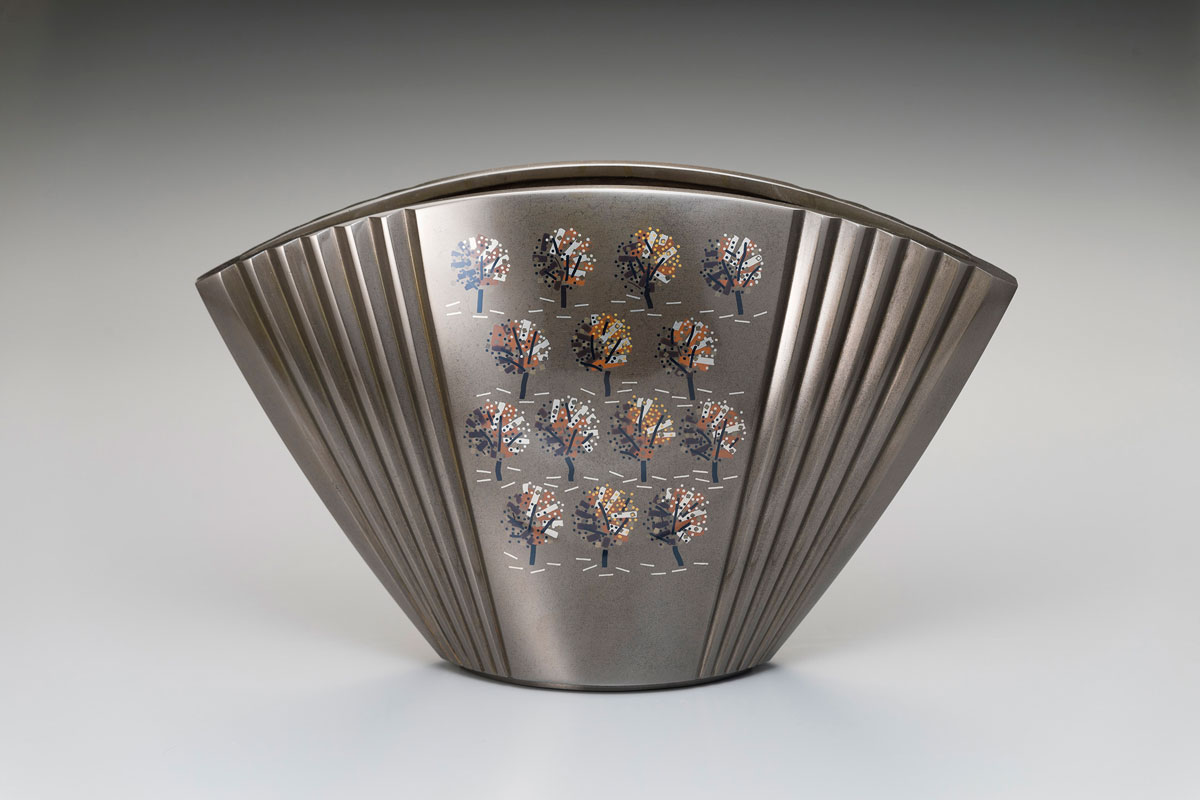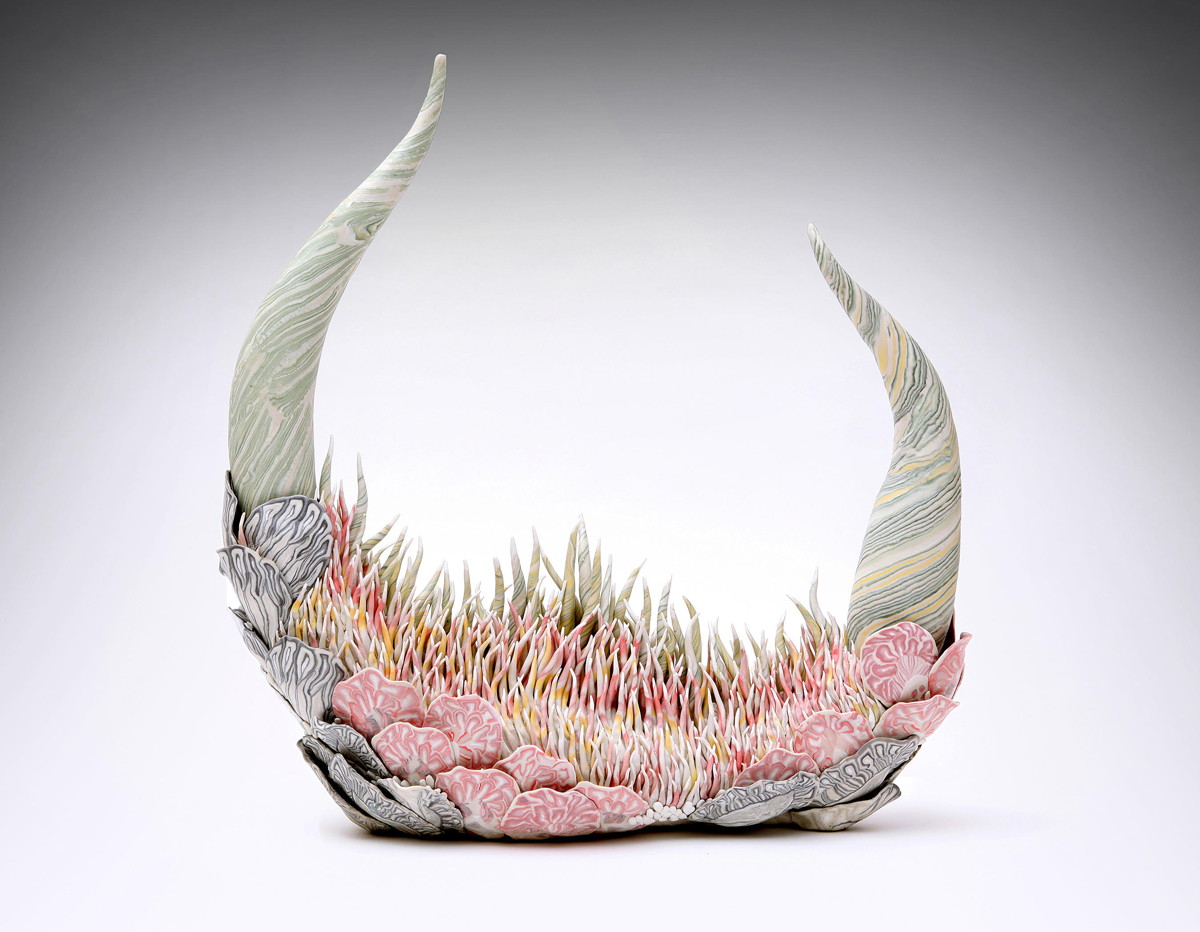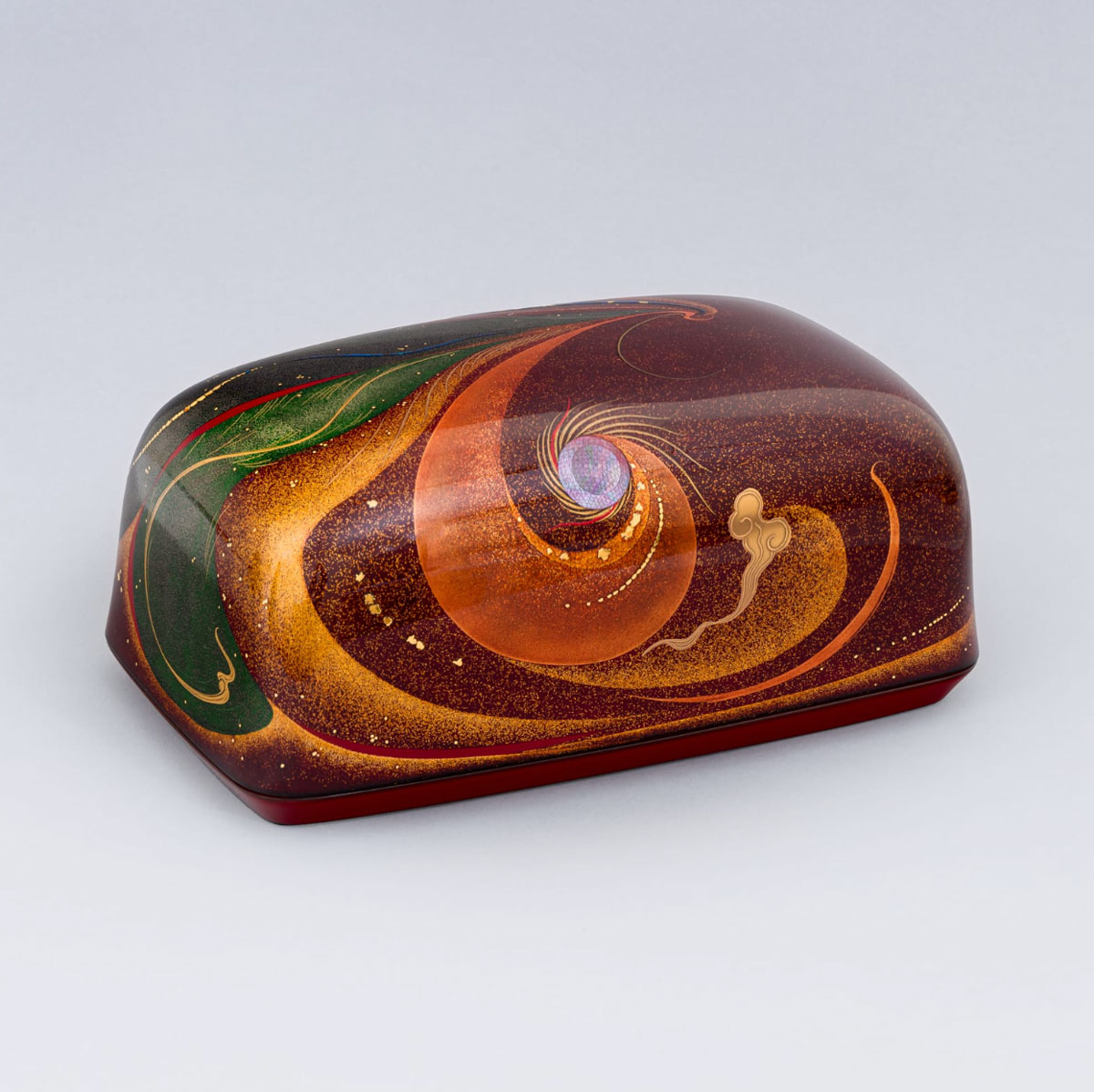NEWLY OPENED EXHIBITION
Heated Colors, Hammered Forms: Female Metal Artists of Japan
July 10 – August 22, 2025
We are proud to spotlight the pioneering contributions of women to a traditionally male-dominated realm of kogei—metalwork once closely tied to the samurai—in our new summer exhibition, Heated Colors, Hammered Forms: Female Metal Artists of Japan. Although metals are especially hard to handle, shape, and decorate, the five featured artists have each devoted a lifetime to the medium, using it to produce masterpieces that are every bit as expressive and beautiful as work in less obstinate materials such as clay or textile.
Featured artists in the exhibition are Osumi Yukie, Oshiyama Motoko, Hagino Noriko, Okamoto Yoshiko, and Otsuki Masako. Exhibited artworks, made from gold, silver, platinum, copper, lead, and unique Japanese alloys, worked in techniques including casting, chiseling, hammering, and overlay, in this exhibition will show that the women creators of these contemporary masterpieces are distinct in their personal modes of expression, but united in their embrace of traditional methods.
We look forward to sharing these contemporary masterpieces with you!
To learn more, click here.
RECENT ASIA WEEK NEW YORK EXHIBITION
KOGEI and Art
March 13 – June 20, 2025
Opening Reception: Thursday March 13, 6-8pm with Artist Talk by George Inaki Root at 7pm
We are pleased to showcase contemporary works that celebrate Japanese traditional craftsmanship and innovation at our newly established Upper East Side location. Featured artworks vary in mediums and categories of KOGEI, including metalwork, lacquerware, ceramic, screen and painting.
“KOGEI” refers to works made using materials and methods that have stood the test of time, reflecting uncompromising dedication to technical perfection and a search for new forms of expression. This exhibition highlights the growing role of KOGEI in contemporary Western lifestyle and global art and design. The title “KOGEI and Art” is given to reflect the unique character of KOGEI, not seen in other cultures, and to emphasize its separate but complementary status compared to “Art” in the conventional Western sense.
We’re especially pleased to announce that this Asia Week New York 2025 presentation will continue with newly featured works by glass artist Noda Akiko, known for her ethereal, kiln-formed sculptures inspired by the quiet rhythms of nature.
If you missed the opening, this is your opportunity to explore a growing showcase of contemporary Japanese craft in our elegant new Upper East Side space.
To learn more and view our online brochure, click here.
About the Gallery
Since its opening in 2005, Onishi Gallery has featured contemporary Japanese artists who work in a range of media, including ceramics, metalwork, lacquer, glass, sculpture and painting. These artists are united in their common embrace of tradition in the creative process, and they are distinct in their exquisite and diverse modes of expression. Onishi Gallery merges the past with the present through the presentation of historically rich explorations of traditional art forms and ambitions experimentations in new formats in the center of the international contemporary art scene in New York City.
The Japanese Government has designated several artists that Onishi Gallery represents as Preservers of Important Intangible Cultural Properties, more commonly known as “Living National Treasures.” The Minister of Culture considers locality, tradition and the perpetuation of historic techniques when awarding this title to artists. Once an artist is recognized as a Living National Treasure, their profile publicized on a national and global level, dramatically increasing the value of their work. Many of these artists have works that are included in the permanent collections of major museums, such as the Metropolitan Museum of Art, the British Museum, the Smithsonian Institution, and the Worcester Museum of Art. The system aims to not only celebrate and preserve the historic artistic traditions of Japan, but challenge living artists to continuously improve and incorporate their own individual style while still mastering their craft.
